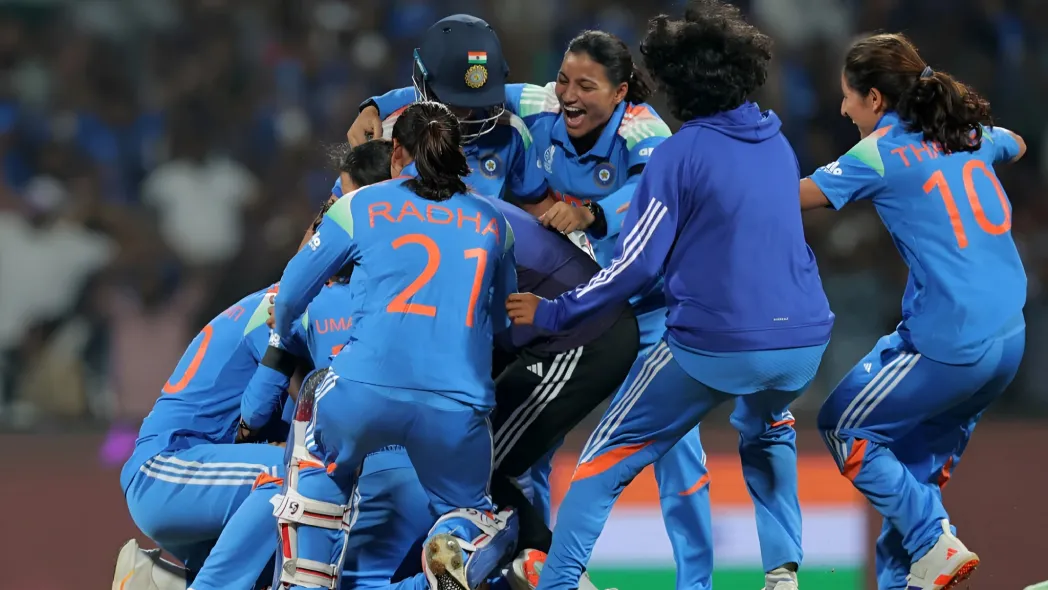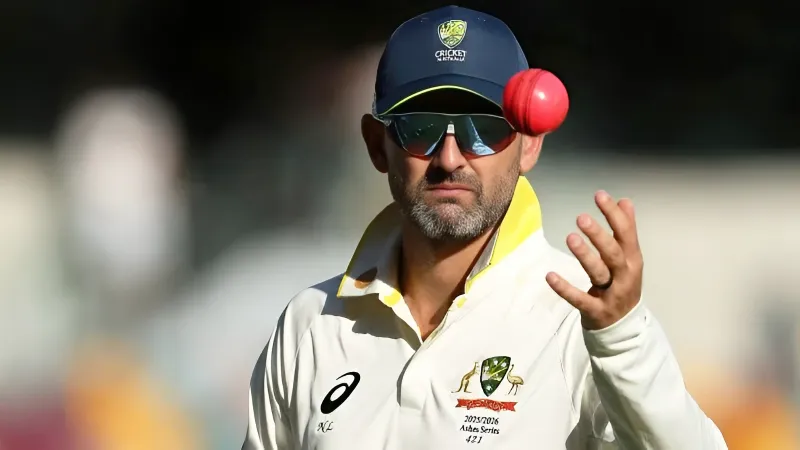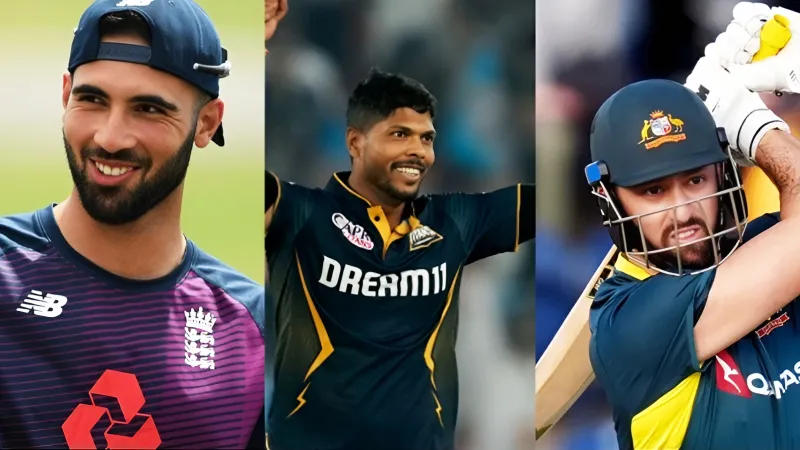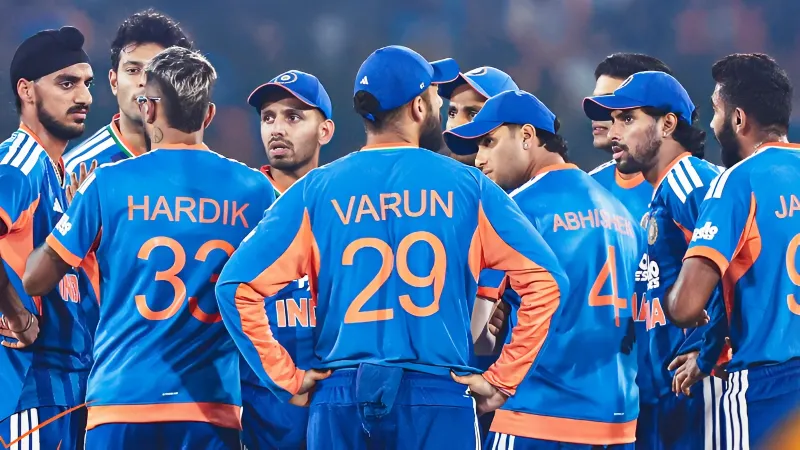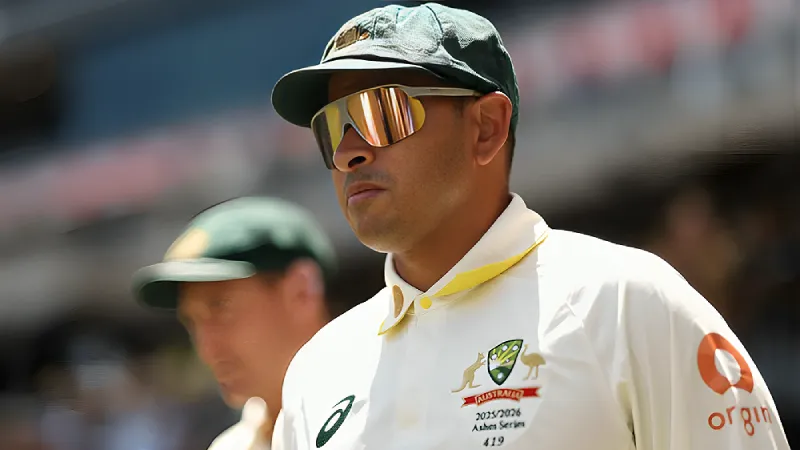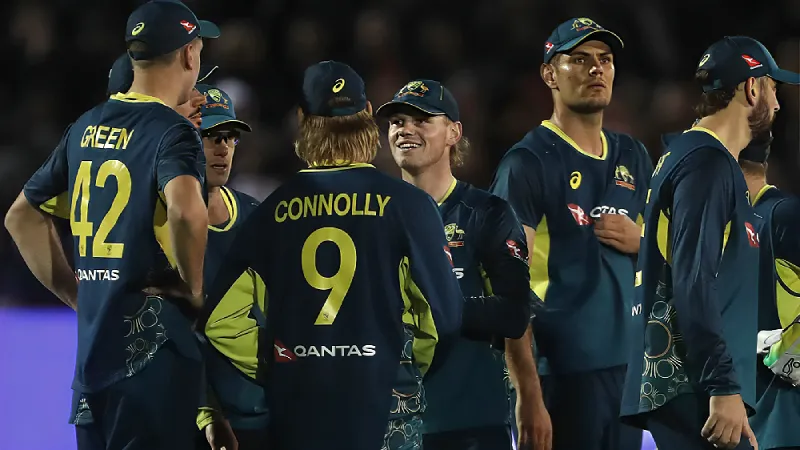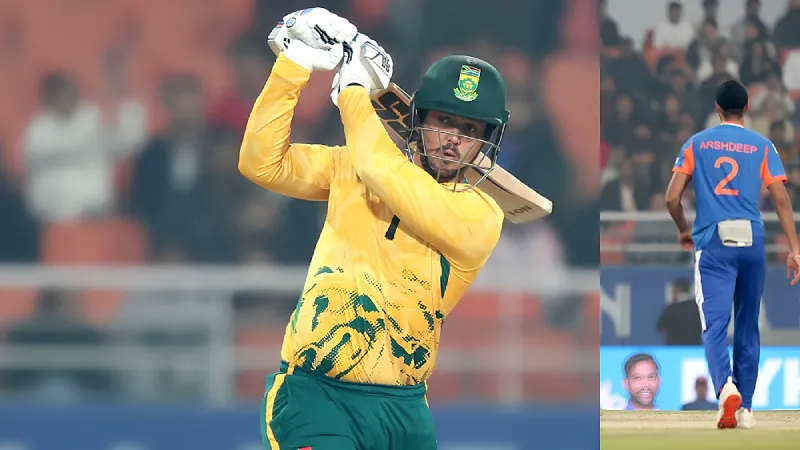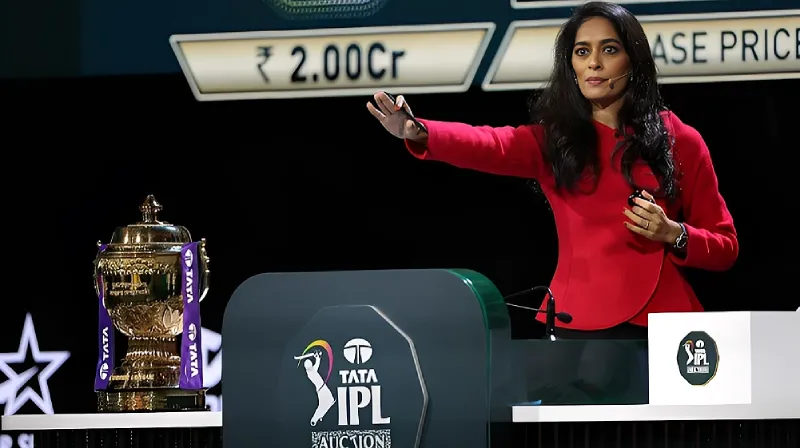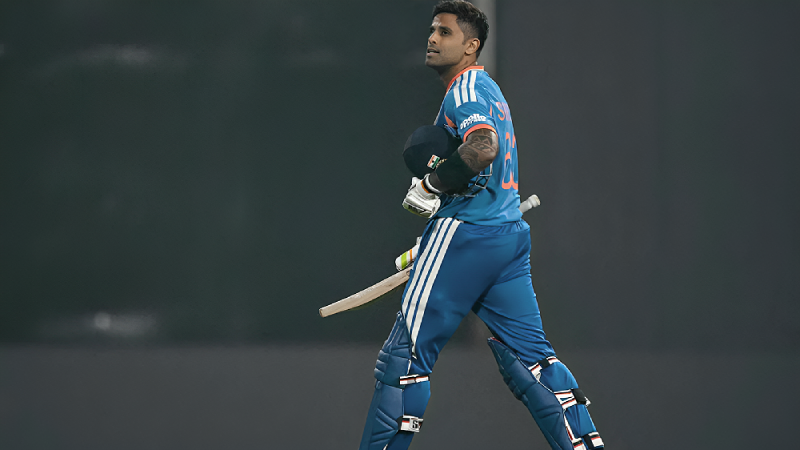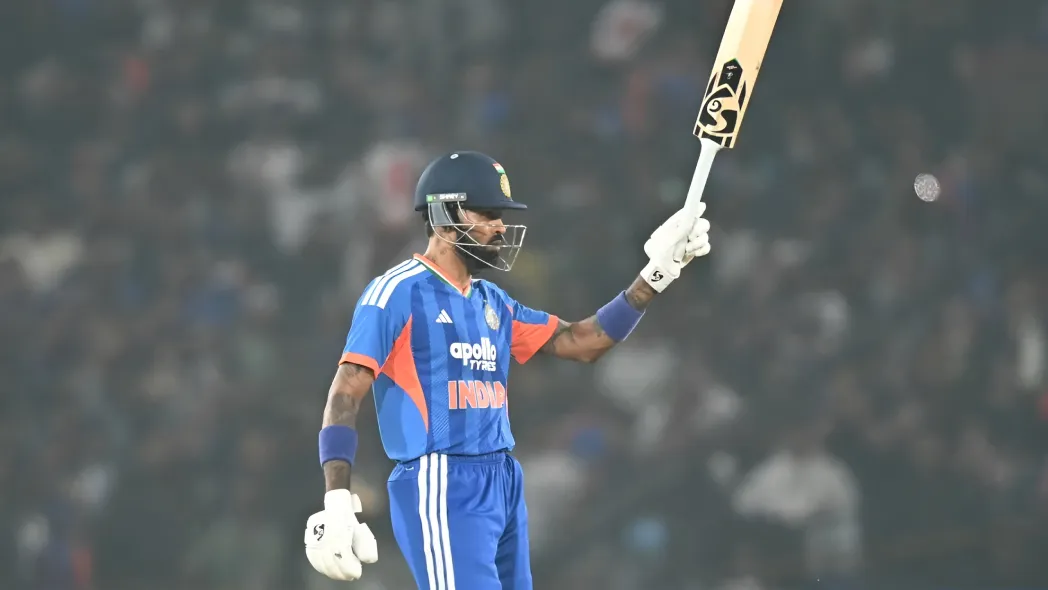Some teams build legacies on power. Others rely on depth. India, in the past three years, has built its own something far less predictable: nerve. The kind of cold-blooded, late-overcomposure that turns ordinary games into folklore. Think about it: a run-out in the 44th over at Lord’s in 2022 to seal their first ODI series win in England since 1999; a 646-run festival in Bengaluru decided by a back-of-the-hand slower ball; and the highest successful chase in women’s ODI history in a World Cup semi-final
Momentum Reclaimed at Lord’s
India’s 2022 win at Lord’s wasn’t just a farewell to Jhulan Goswami; it was a declaration of tactical maturity. Reduced to 29 for 4, Smriti Mandhana and Deepti Sharma stabilized their way to 169, hardly a commanding total, but exactly the kind that asks bowlers to think rather than blast. England collapsed to 65 for 7, but Charlie Dean’s late resistance made the match a psychological arm-wrestle. Deepti’s run-out at the non-striker’s end wasn’t a lapse in “spirit”; it was a calculated recognition that awareness is a cricketing skill. India didn’t win because they were ruthless; they won because they were alert.
When Power Hit Meets Pure Poise
Fast-forward to Bengaluru in 2024, and the same seven-wicket slump from England becomes South Africa’s 67 for 3. But this time the threat wasn’t collapse, it was resurgence. A 184-run stand from Laura Wolvaardt and Marizanne Kapp dragged the match into the final over. Old India would’ve panicked. New India let Pooja Vastrakar slow it down literally. A slower ball to end a match that had produced four centuries sums up modern ODI cricket: it’s no longer about blowing teams away; it’s about gutsy micro-decisions under floodlights.
A Semi-Final Built on Counterpunching
In the 2025 World Cup semi-final, Australia looked ready to punch their ticket to yet another final, cruising towards 350. India didn’t break the momentum; they waited and reversed it, taking 8 for 118 at the death. Then Jemimah Rodrigues and Harmanpreet Kaur crafted a chase not built on panic but on pacing. Jemimah’s unbeaten 127 wasn’t a knock; it was a syllabus on ODI tempo. India’s cameos from Deepti, Richa, and Amanjot weren’t slogging; they were pressure valves. When teams chase 338 in a semi-final, it’s usually chaos. This was orchestration.
The Quiet Evolution of Game Intelligence
What ties these matches together? Intelligence. Not the textbook kind, the situational kind. Deepti is reading Dean’s backing up. Vastrakar is reading Wolvaardt’s rhythm. Jemimah is reading Australia’s length with alarming accuracy. India isn’t playing faster or harder; they’re playing smarter.
A New Chapter in Cricketing Temperament
What India is displaying is reminiscent of Australia’s own transformation between 1996 and 1999, when a flaky ODI side hardened into a title machine on the back of situational nous. Or England’s white-ball reinvention post-2015, built on clarity more than talent. India’s women are in a similar moment: where skill meets belief, and belief meets evidence. When a team starts winning in different ways, low totals, high totals, chaos, and control, the sport begins to tilt around them.
The biggest question now isn’t whether India can win trophies. It’s whether they can sustain this new identity when opponents start designing matchups, data plans, and pressure traps specifically to break their calm. If India continues responding with clarity rather than chaos, this era could become its launchpad, not its outlier.
Key Takeaway
India doesn’t just survive pressure anymore; it weaponizes it.
FAQs
1. What changed between India’s older ODI approach and the current one?
A new emphasis on situational awareness, role clarity, and late-overs discipline.
2. Why are these three matches significant in India’s evolution?
They showcase three distinct pressure scenarios, all won with contrasting but intelligent methods.
3. Which players symbolise this tactical shift?
Jemimah Rodrigues, Deepti Sharma, Harmanpreet Kaur, and Pooja Vastrakar each master a different pressure role.
Disclaimer: This blog post reflects the author’s personal insights and analysis. Readers are encouraged to consider the perspectives shared and draw their own conclusions.
Step into the world of cricket with JeetBuzz News—where expert opinions, trending Blogs, and behind-the-scenes insights meet all your favorite topics. Stay informed, stay entertained, and never miss the stories shaping the cricketing world—only on JeetBuzz News!

